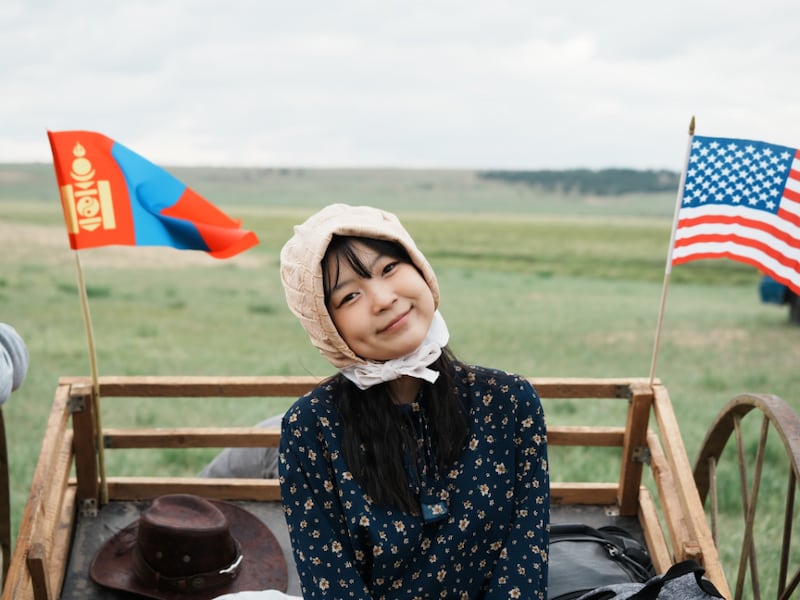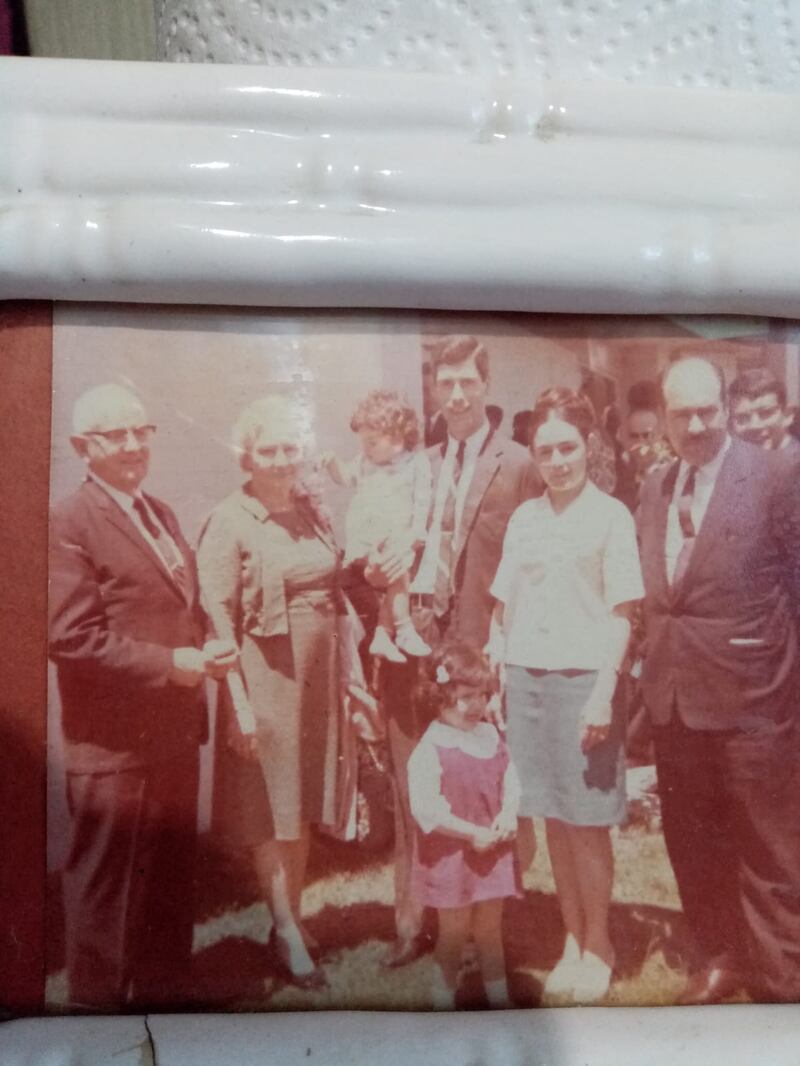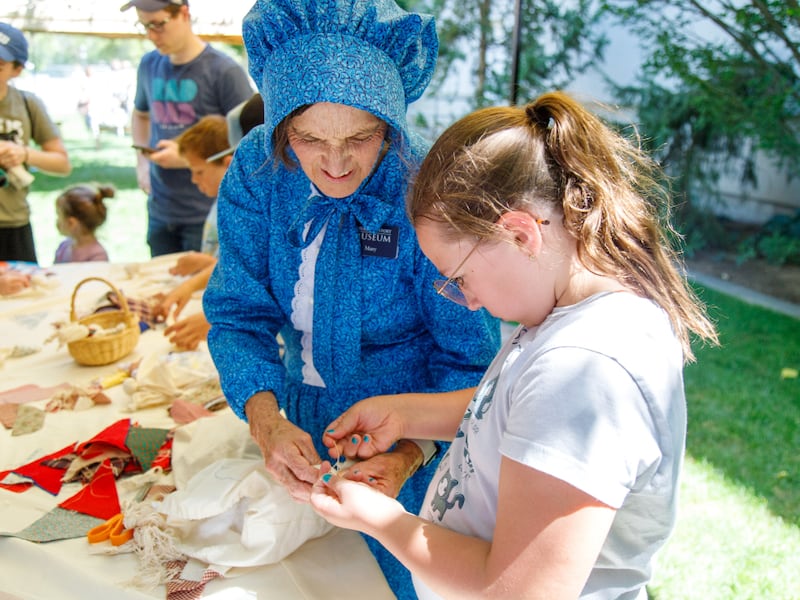While Pioneer Day is a state holiday primarily celebrated in Utah, members and friends of The Church of Jesus Christ of Latter-day Saints — ranging from the vast steppes of Mongolia to the southernmost tip of Argentina — are finding ways to honor and reconnect to the church’s early pioneer history.
Handcart trek in Mongolia
In Mongolia, more than 130 youth and 40 adult leaders gathered June 13-14 for a two-day pioneer trek reenactment where they — some in hats and bonnets — trudged their wooden handcarts across 30 kilometers or roughly 18.6 miles.
According to a news release, such reenactments are common for Latter-day Saint youth in the United States, but for church members and youth in Mongolia this trek was the first of its kind in 12 years.

Speaking of the trek’s significance, particularly for the youth in his area, President Otgonzaya Batbaatar who oversees the church’s district in Darkhan, Mongolia, said: “The sacrifice of the pioneers blessed the whole world.
“I wanted my youth to feel what the pioneers felt — to recognize that they, too, are part of something bigger.”

The youth — many of them pioneers for being the first in their families to join the Church of Jesus Christ — expressed their appreciation for the experience and the church’s early pioneers, whose faith and decisions have impacted their lives.
“It’s a sacrifice, but compared to what the pioneers endured, it’s nothing,” said Erdenbileg, a 15-year-old youth who participated in the trek.
Nathan Enkhchuluun, another participating youth, added: “Experiencing just a fraction of what the pioneers went through made me feel even more grateful for their sacrifices. Without them, we wouldn’t be here.”

100 years of the gospel in Argentina
With this year marking 100 years since the church dedicated South America to the preaching of the gospel, church members in Argentina are remembering their continent’s church history, as well as the efforts they and many other Argentinian pioneers have contributed to the church’s growth in the area.

For example, Rubén Morresi — a member in Ushuaia, Argentina — told the Church News he remembers the time, around 1988, when roughly 15-20 people would travel about 75 miles (120 km) through mountainous roads to attend church services in a rented house in Rio Grande, Argentina.
The main challenges? They stemmed from the cold, Morresi explained — an understandable explanation seeing their starting point sat at approximately 620 miles (1,000 km) from Antarctica.
“Families had long distances to get to the chapel, and it wasn’t easy because they came with small children and had to walk through the snow,” Morresi said. “But it was beautiful because it was a time of great spiritual growth. We were few families, but we became very strong.”
In 1990, the church established a district in Tierra del Fuego, Argentina, where Ushuaia is located. Morresi served as the districts’ first president. And, in June 2019, that district became the Tierra del Fuego Stake, the church’s southernmost stake in the world, according to Church News.

A handful of other members in Argentina shared their stories with Church News, including Estela Mahr who, having married her husband in Argentina in 1964, traveled to the church’s Mesa Arizona Temple the following year to be sealed. At the time, the Mesa temple — at least 5,000 miles away by air — was Argentina’s assigned temple.
But now, Argentina has four dedicated temples, and Mahr and her husband have both served as temple workers in the Buenos Aires temple.

Pioneer Fair in Salt Lake City
More locally, the Church History Museum in Salt Lake City hosted its annual Pioneer Fair, where families and individuals were invited to visit the fair’s 19 booths.
These booths featured musical performances, crafts and demonstrations for guests of all ages to enjoy. Additionally, musicians, storytellers and craftsmen at the museum’s Living History program brought the pioneer story to life, according to a news release.
“I hope all feel welcome around history as it comes to life,” said Tiffany Bowles, an educator at the Church History Museum.
Bowles explained the fair is the museum’s most important event of the summer.


